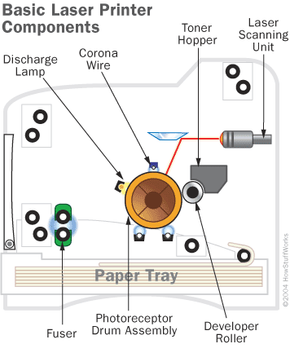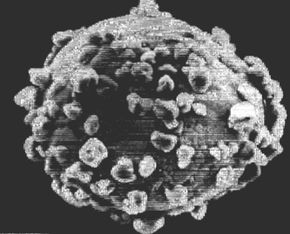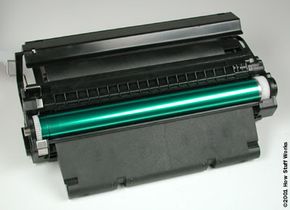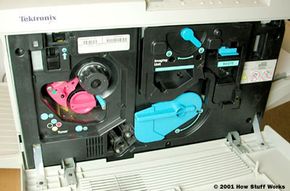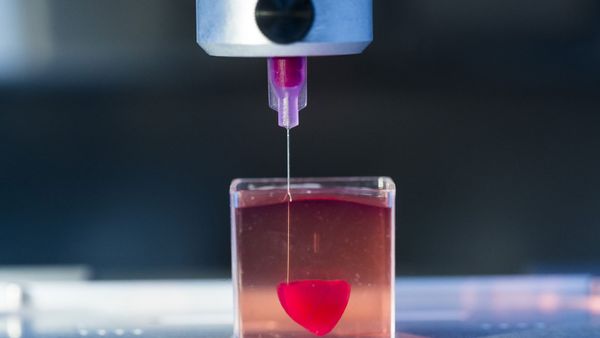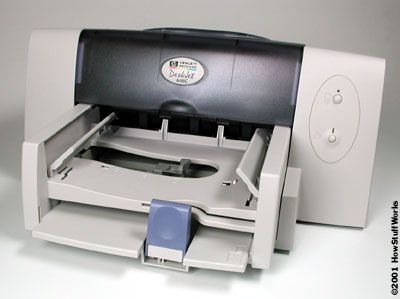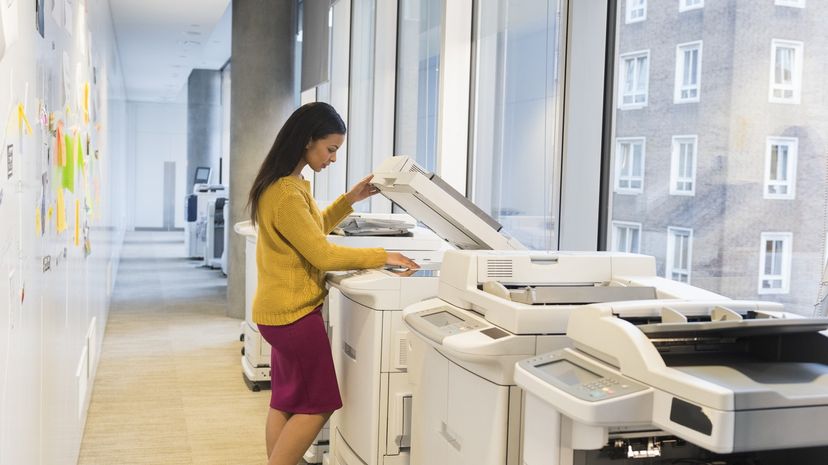
The term inkjet printer is very descriptive of the process at work -- these printers put an image on paper using tiny jets of ink. The term laser printer, on the other hand, is a bit more mysterious -- how can a laser beam, a highly focused beam of light, write letters and draw pictures on paper?
Many people use laser printers in their day-to-day lives, but most probably never think about the technology that turns those bits of digital data into a legible images and text. Very few of us ever consider the drum, the fuser the data exchange or the static electricity that all come together to print our memos.
Advertisement
In this article, we'll unravel the mystery behind the laser printer, tracing a page's path from the characters on your computer screen to printed letters on paper. As it turns out, the laser printing process is based on some very basic scientific principles applied in an exceptionally innovative way.
